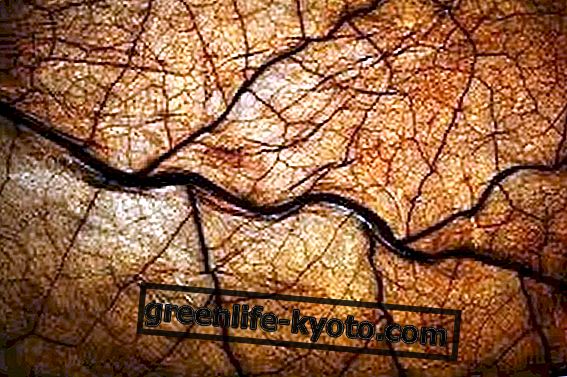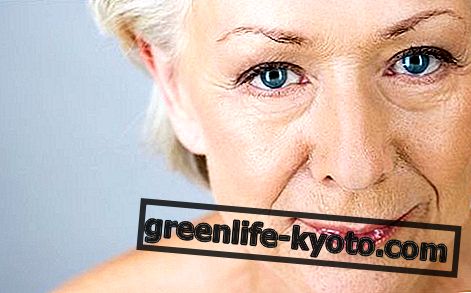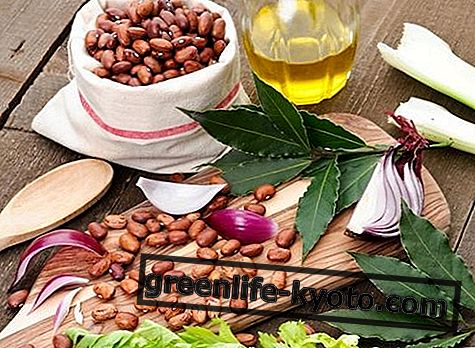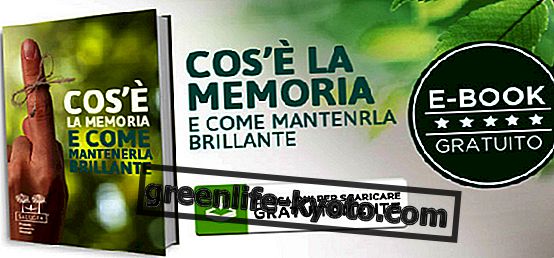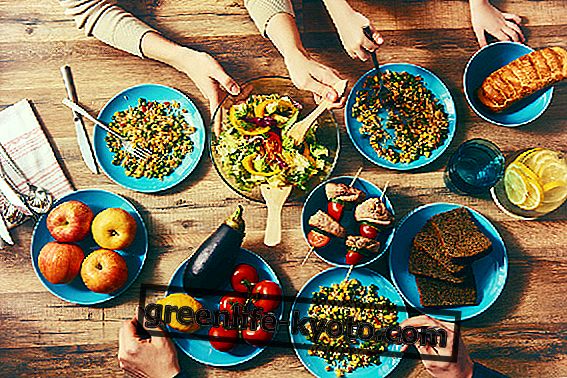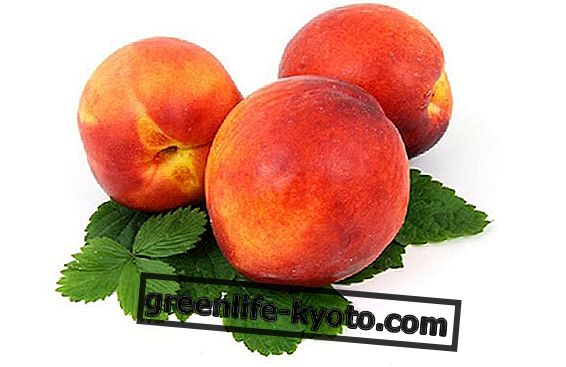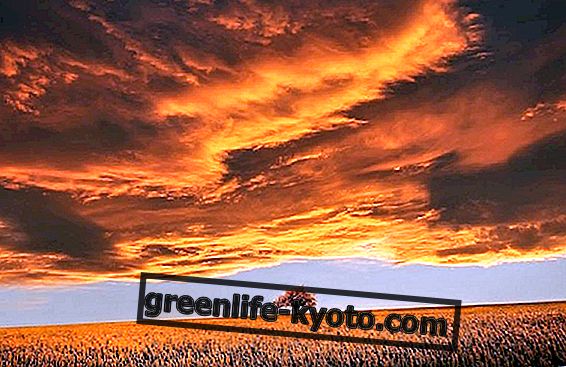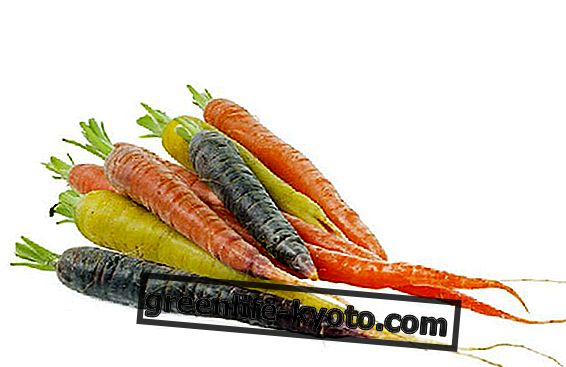
Do you know why the flesh of an apple darkens on contact with the air?
Because of a phenomenon called oxidation and it is the same phenomenon that leads silver to brown, artichokes to darken and bananas to mature.
Oxidation is caused by the presence of free radicals, which are highly unstable chemical substances that are very harmful to the body as they can accelerate cellular aging processes, have carcinogenic effects, promote arteriosclerosis, activate inflammatory processes and generate the collapse of immune system.
The continuous action of free radicals, in large quantities, leads to the onset of many serious pathologies such as cancer, diseases of the cardiovascular system, senile dementia, rheumatoid arthritis, multiple sclerosis, diabetes, etc.
Free radicals normally form during the chemical reactions of cellular oxidation in quantities that our body can tolerate. Unfortunately with the use, and abuse, of drugs, cigarette smoke, alcohol, UVA radiation, ozone, polluting gases and foods rich in animal fats and proteins, the normal quantity present in our body rises dramatically.
The body naturally defends itself from free radicals by producing endogenous antioxidants such as catalase, glutadione and superoxidase dismutase . In physiological conditions, therefore, there is a dynamic balance between pro-oxidant factors and antioxidant factors. Obviously these molecules act on constant concentrations of free radicals.
What happens when this concentration increases too much?
When the antioxidant system is no longer able to counteract free radicals, the pro / anti-oxidant balance is broken and the body meets what is called oxidative stress : a particular form of stress induced by the presence, in the living organism, of an excessive amount of free radicals, due to an increase in the production of radicals depended on the reduced efficiency of the anti-oxidant defense mechanisms.
And when the balance between oxidizing and antioxidant factors is no longer respected?
The solution is to offer our body an exogenous source of antioxidants, or substances that contrast, in our body, the chemical reactions caused by different molecules, including oxygen, responsible for the formation of free radicals.
Antioxidants are able to stop chain reactions triggered by the oxidation process, effectively counteracting the formation and action of free radicals. For this reason, antioxidants are also called free radical scavengers.
How can we integrate natural molecules with antioxidant action?
Through a complete and balanced diet that allows the introduction into the body of vitamin C, Vitamin E, beta carotene, micronutrients and enzymes with antioxidant function.
Each antioxidant has a field of action limited to one or two types of free radicals. Vitamin C fights nitrosamines, tocopherol and tocopheroxyls, very aggressive free radicals, allowing the restoration of vitamin E and a general state of well-being given by the stimulation of cellular metabolism and the formation of large amounts of collagen.
The beta-carotene inside our body is split into two molecules of vitamin A that act as a powerful antioxidant at the level of the cell membrane. Also melatonin has an effective antioxidant action, it acts on different types of free radicals with a power estimated in double compared to vitamin E and 5 times compared to glutathione.
How do we identify foods rich in antioxidants?
The ORAC index establishes the antioxidant power of foods, based on the radical absorption capacity. The measure recommended by experts to combat free radicals is 5000 ORAC units per day, more than enough to protect themselves from damage caused by free radicals.
TABLE OF INDEX ORAC
- MORINGA OLEIFERA: 157.600
- CINNAMON: 131.420
- VANILLA: 122.400
- Acai: 102.700
- GOJI: 25.300
- SPIRULINA: 24, 000
- CHOCOLATE: 20, 816
- PAPRIKA: 21.932
- POMEGRANATE: 4, 479
- THE GREEN: 1, 240
With 157, 600 units the Moringa oleifera ranks first among the antioxidant superfoods. In fact, from a study conducted by Brunswick Laboratories, Moringa oleifera is by far the plant with the highest antioxidant power in nature. All that remains is to take into consideration its potential and take daily quantities necessary to best combat the enemies of our organism.
Privileging foods with a high ORAC score means greater protection against diseases and tumors in general. The higher the score, the more effective food absorbs oxygen radicals and their removal from our bodies, thus helping to fight the disease.
Perhaps less known than Goji berries, Moringa oleifera is, without a shadow of a doubt, the most powerful antioxidant in nature as well as ensuring a protein intake of 25% by weight (out of 100g), the whole complex of Vitamins and salts minerals and over 92 nutrients.
Source: kabiba.com
